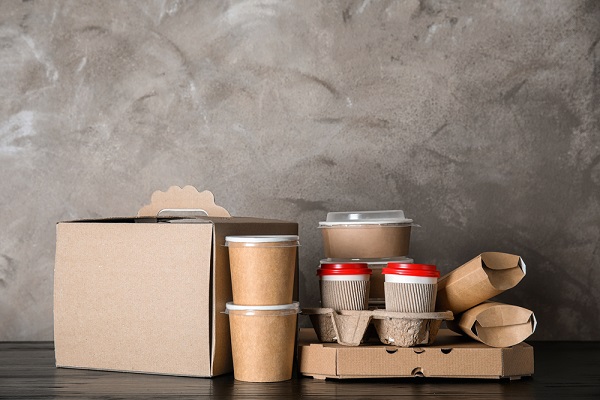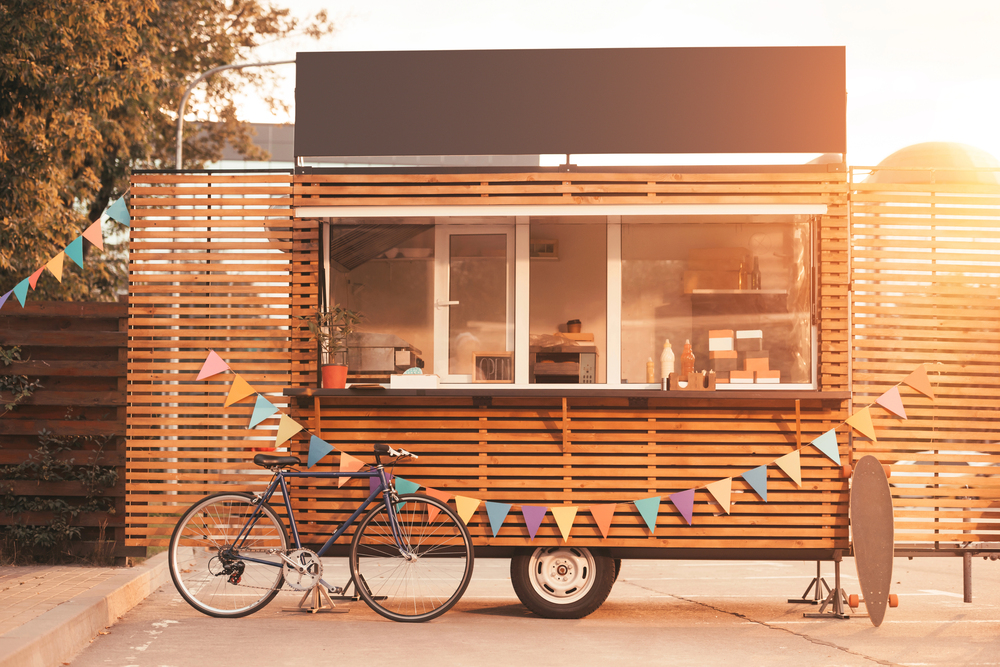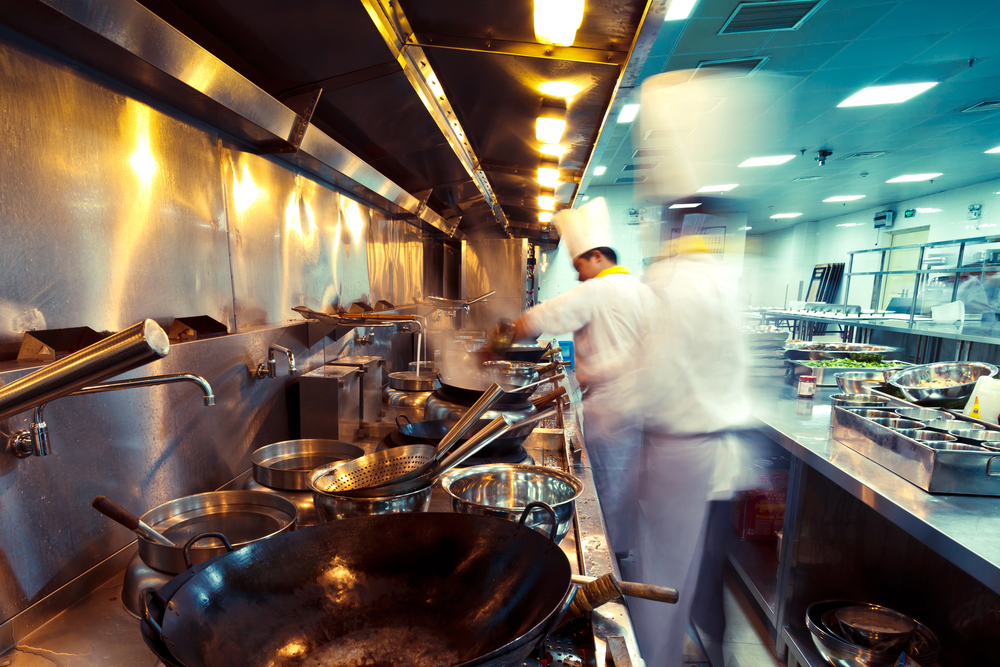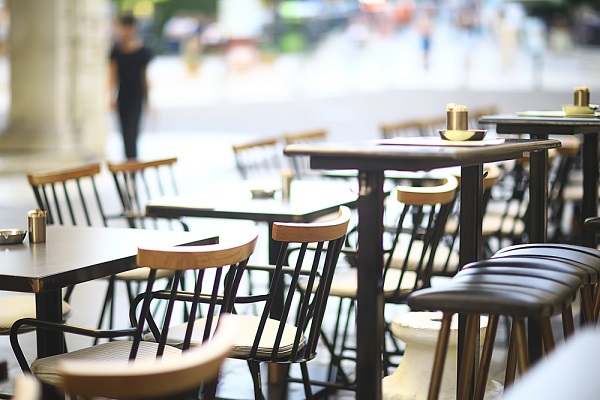How Restaurant Owners Learned to Survive During the Pandemic

By: Olivia Overman
There is no doubt the restaurant industry, along with many others, has been through a trying time over the past year. Closed dining rooms that contributed to massive unemployment numbers were only part of the toll that restaurant owners and their employees have paid since March 2020. With plummeting sales—and in some cases no sales at all—the fallout from the coronavirus pandemic has put immense pressure on restaurants large and small.
As restaurant owners adapted, certain exposures have become apparent.
“I’ve seen an uptick in delivery, which has led to a hired and a non-owned auto exposure,” says David DeLorenzo, CEO, Ambassador Group. “Checking to see if there is coverage under a restaurant policy is important as most of the restaurant carriers have different guidelines, rules and interpretations of what this means.”
Some restaurants have pivoted to adjust to the use of third-party delivery services. “The insurance requirements for the use of services such as Uber Eats, Door Dash and GrubHub can vary between each service,” says William Hughes, vice president commercial lines, Arbella Insurance Group. “Essentially, it is not the restaurants’ employees doing the deliveries, thereby mitigating the restaurant’s exposure.”
In the current environment, “we are seeing rates that are either flat, with no change from the prior year, or perhaps a modest increase,” Hughes says. “Many renewals are calculated on lower exposures for sales and payroll so the net premium could be equal to the prior year or slightly less.”
Employment practices liability insurance could be an upcoming issue, albeit one that always existed for restaurants. “Employment practices liability insurance policies for standalone restaurants are seeing retentions increase substantially, limits being reduced and frequent COVID-19 exclusions,” says Peter R. Taffae, managing director, Executive Perils Inc.
While mostly tied to wage and hourly rates, “now a business also faces challenges around who was allowed to continue to work, who was laid off, and potential litigation and defense costs that may ensue,” Hughes says.
Restaurant owners had to become innovative if they had any chance of succeeding over the past year—offering delivery services, outdoor dining, increased safety measures for both staff and customers—all at a considerable new expense for owners. These changes introduced new risk exposures directly impacting their insurance policies.
A central kitchen, also known as a commissary kitchen, is an internal facility that supplies restaurant branches under a single business with ingredients or items that will be used or sold at each location. They are “becoming more popular for restaurant chains and those that may have a few locations within a close geographic region,” says Grady Campbell, executive vice president, commercial lines and life, Encova Insurance. “There are a lot of economic benefits to this approach for restaurants, but it is important for independent agents to properly access the different exposures with this type of set up.”
The arrival of food trucks on the scene in 2008 was an exciting concept that unfortunately hit a speed bump during the pandemic. But for some restaurant owners, food trucks represented an opportunity “because their business is shut down and they’re already established, they’re seeing the writing on the wall for these coming back, and will be prepped to offer something that has been in a stationary model out to the public now,” DeLorenzo says.
“Carriers are concerned with the additional risks that have to be accounted for and the financial stability of restaurants,” Campbell says. “Well-established restaurants with strong financials that have consistent and loyal clientele will still find plenty of carriers interested in insuring their business. Newer start-ups or businesses that don’t or cannot invest in the upkeep, maintenance and improvement of their business will find it more difficult for terms, conditions and pricing to be as competitive.”
As far as the states that decided to take the complete shutdown route, “those people are suffering and they’re suffering really badly, and you’re seeing quite an extensive rate of closures,” DeLorenzo says. “But if you look at Florida or Arizona where I’m doing business, I’m seeing an uptake in business because the state went about it a little bit differently.”
Yet, as more states lift or ease restrictions on businesses, many restaurant owners are relieved by changes that might help them.
“While we continue to see restaurants being innovative to get through this very challenging period, there does seem to be a light at the end of the tunnel,” Hughes says. “Recent announcements are allowing higher occupancy in restaurants provided they adhere to social distancing. For many restaurants this is great news, allowing for an increase in business, but it still may not compare with pre-COVID-19 business volume.”
Olivia Overman is IA content editor.










